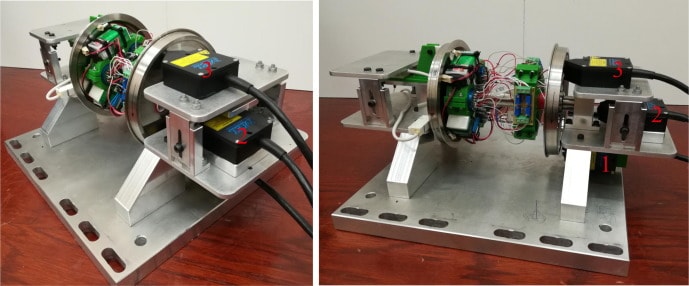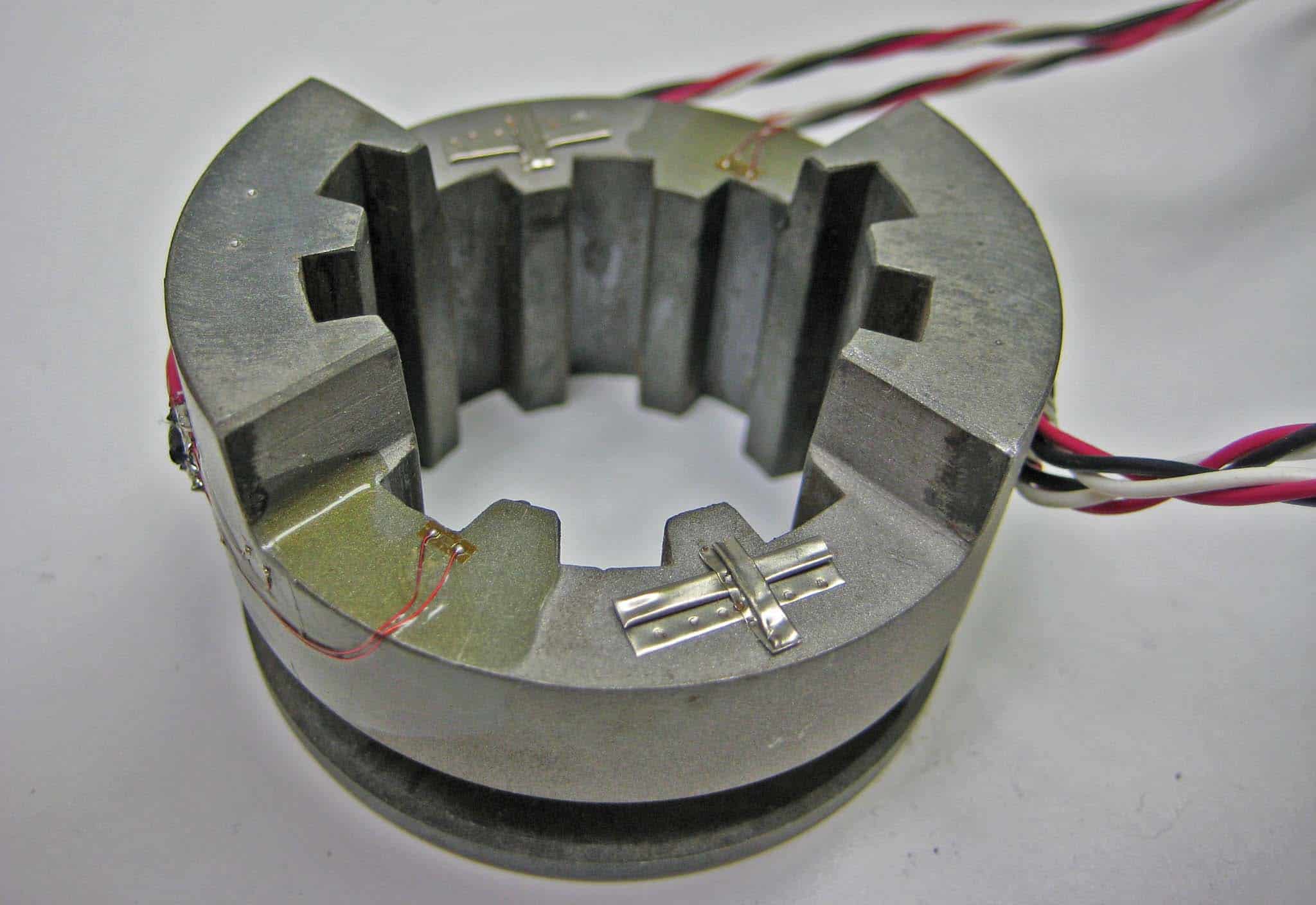Consider the Strain Gage Length Relative to Radius of a Hole
When possible, the gage length should be no more than 0.1 times the radius of a hole, fillet, or notch, or the corresponding dimension of any other stress raiser where the strain measurement is to be made, as a rule of thumb.
This rule of thumb can lead to very short gage lengths in stress-raiser designs with major dimensions less than, say, 0.5 in (13 mm). Because the use of a small strain gage might generate a slew of other issues, compromise is frequently required.
Strain gages with a gage length of less than 0.125 in (3 mm) have a poor performance. This condition is particularly noticeable in terms of maximum allowed elongation, static strain stability, and alternating cycle strain endurance. A larger gage may be necessary if any of these factors exceed the inaccuracy caused by strain averaging.




